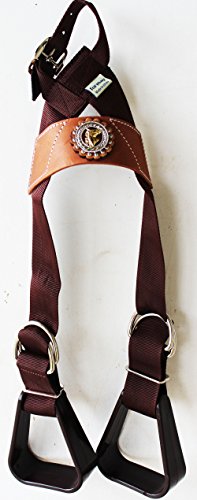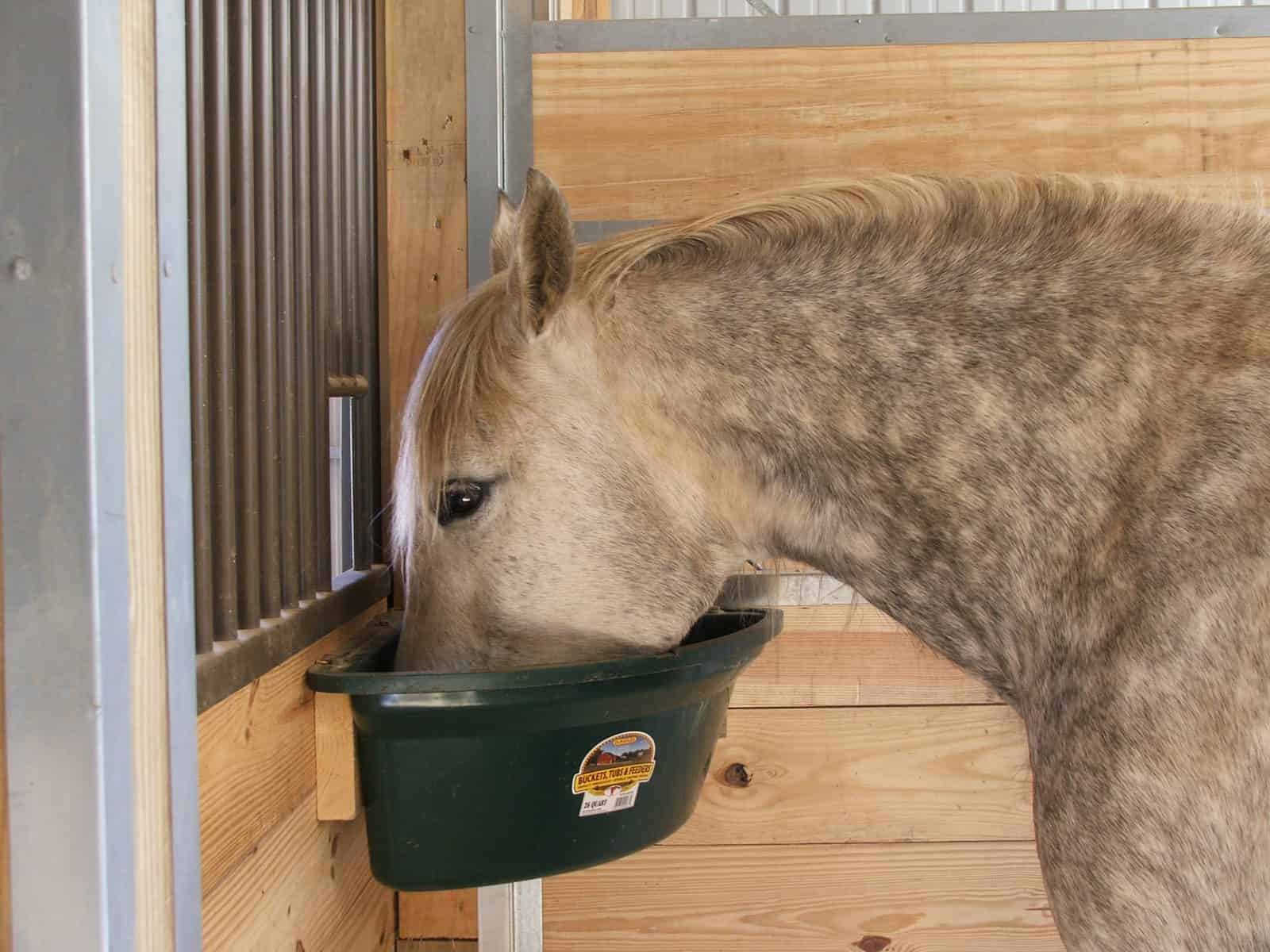Students took the spotlight on Day 2 of the 2019 Equine Science Society (ESS) symposium, held June 3-6 in Asheville, North Carolina. shared their research as part of the symposium’s student competition presentations. Here are some of our top take-homes from the nutrition sessions.
Horses prefer anise flavoring over other oil-based palatants. Jesse Francis, of Southern Illinois University, tested six flavors that owners can add to feeds or medications to make them more appealing: anise, apple, peppermint, banana, orange, and spearmint. The least popular flavor? Orange.
Horses turned out in fields with restricted space due to rotational grazing lose weight while horses continuously grazing large pastures gain it. Beverly Gartland, of Western Kentucky University, compared weight changes and grazing behavior of horses housed in 2.2-acre fields and those rotated weekly through 1/3- to 1/10-acre grazing cells.
Horses prefer high-fiber feeds flavored with fenugreek over other flavors. Viola Farci, of the University of Glasgow, found horses preferred common as well as novel concentrate feed flavorings in the following order: fenugreek, banana, cherry, mint, apple, carrot, garlic, and cinnamon. Horses rejected citrus and vanilla.
A gut-brain axis pathway could be one of several mechanisms behind the increased behavioral reactivity sometimes associated with high-starch diets. To determine this, Louise Bulmer, of the University of Glasgow, looked at changes in the hindgut microbiota and dopamine and serotonin receptor densities in gastrointestinal and brain tissues in ponies consuming high-starch diets.
Feeding high-starch, low-fat grain mixes can negatively influence the behavior of performance horses under saddle. Tanner Price, of Virginia Tech, assessed university riding program horses’ behavioral and metabolic responses to diets with varying fat and starch levels. She found that high-starch, low-fat diets caused horses to display increased reactivity but did not affect their insulin sensitivity.
Horses consuming extruded feed (a process that supposedly improves digestibility) had higher insulin and glucose levels after evening meals than horses consuming a pelleted feed. Kristine Ely, of the Virginia Tech Middleburg Agricultural Research and Extension Center, also found that feed ingredients processed using extrusion or pelleting had no differences in digestibility. Better understanding how horses respond metabolically to meal feeding can help us design diets for horses with special dietary needs, she concluded.
Furosemide (marketed as Salix and also known as Lasix) only affects horses’ calcium balance for three days post-administration. Calcium levels return to baseline within five days, suggesting that weekly furosemide administration in racehorses doesn’t contribute to long-term calcium losses that might contribute to skeletal injuries, said Abby Pritchard, of Michigan State University.
Yeast supplementation can help horses maintain beneficial hindgut bacteria in the face of abrupt diet changes. Anna Garber, of the University of Glasgow, evaluated horses transitioning from pasture to hay and vice versa and found that those receiving a yeast supplement maintained higher levels of one of the most abundant hindgut bacteria than control horses. This translates to a more stable microbial environment, she said.
Next, look for our favorite equine management, reproduction, and other student session take-homes during our continued coverage of the ESS symposium.
Poster Presentations
Researchers displayed their findings on nutrition, exercise science, and teaching topics during the day’s poster presentations.
The Effect of Rider Weight on Horses









Comments
Comments are disabled for this post.